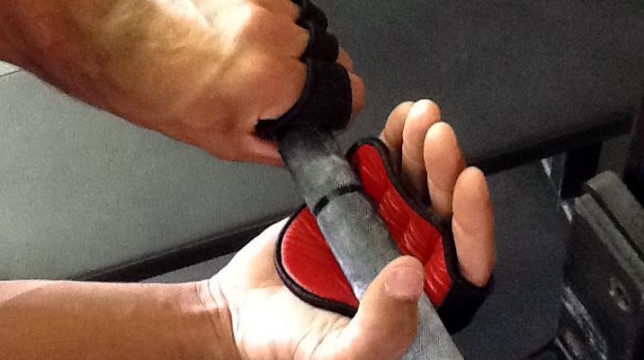
Can improper grip lead to joint pain and injury? Are some repetitive-strain injuries, such as tennis and golfer’s elbow, more likely to result from improper grip? What’s the safest way to incorporate weight training without risking injury? In this piece for the Poughkeepsie Journal, D.J. Reese explains the effects of grip on injured joints during weight training.
Problematic Grips
Reese describes common problematic grips and the elbow strain they can cause:
In weight training, the troublesome grips are a palms-up (overhand) grip and a palms-down (underhand) grip. These types of hand positions cause elbow pain because they can strain the muscles on either side of the forearm. If self-care steps such as rest, ice and use of over-the-counter pain relievers don’t ease your elbow pain and tenderness after a week to 10 days, talk to your doctor.
Neutral Grip
Just what is a neutral grip, and what advantages does it offer?
A neutral grip allows your palms to be facing each other with your thumbs pointing up. There a great way to train with a neutral grip:
Discover the Swiss barbell. It allows lifters with elbow pain and shoulder problems to train with little discomfort. It also helps the weaker side gain strength. This can build the strength to use dumbbells.
Reese’s article also highlights another important point for tennis elbow sufferers – despite the name, the majority of cases actually result from repetitive-strain injuries off the court. So it’s important to keep joint health and safety in mind throughout your daily routines and workouts.
If you regularly weight train, consider this helpful information to prevent further elbow inflammation. To aid in recovery, we recommend a proven anti-inflammatory such as Penetrex Pain Relief Cream.
Original Article:
Fitness Forum: What the neutral grip can do for you
D.J. Reese
Poughkeepsie Journal
